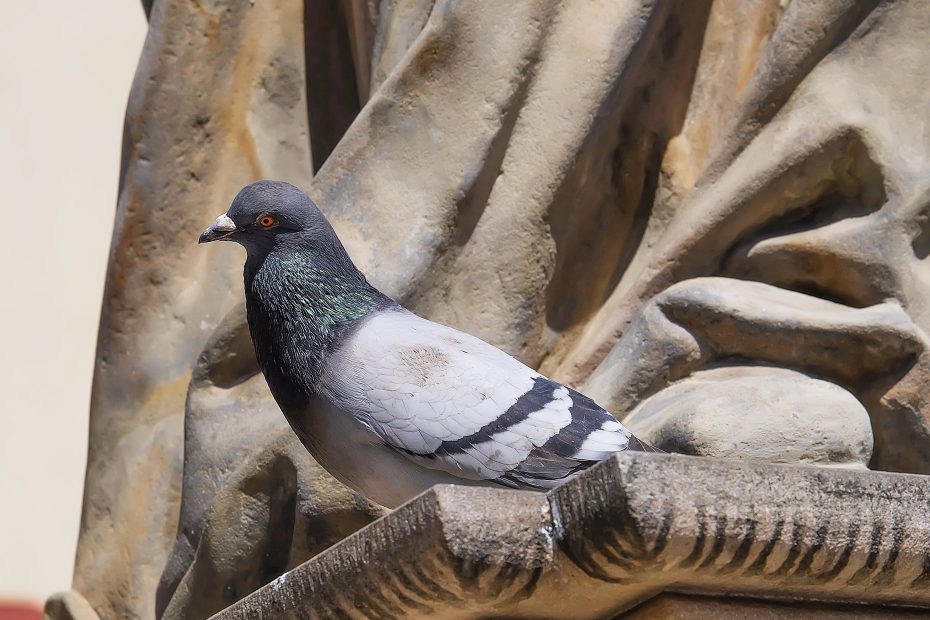Table of Contents
Introduction
The Solomon Islands are a nation comprised of nearly 1,000 islands located in the South Pacific Ocean. As part of the region known as Melanesia, the islands harbor a vibrant culture and biodiversity unlike anywhere else on Earth. With secluded beaches, exotic wildlife, and age-old traditions, the Solomon Islands offer intrepid travelers the chance to uncover mysteries hidden within the Melanesian way of life.
Location and Geography
The Solomon Islands form an archipelago that stretches between Papua New Guinea and Vanuatu. The islands are divided into nine main groups, with most of the population residing in the southern islands. The largest island is Guadalcanal, home to the capital city of Honiara.
With lush rainforests, rugged mountains, and surrounded by coral reefs, the Solomon Island geography is as diverse as it is stunning. Two major rivers, known as ghuts, slice through Guadalcanal, creating dramatic waterfalls and pools for swimming.
People and Culture
The majority of the 600,000 Solomon Islanders are Melanesian, with Polynesian and Micronesian minorities. Though English is the official language, most locals speak Pijin.
Solomon Islanders uphold strong customary beliefs passed down through oral tradition. Mothers teach daughters weaving, cooking, and herbal medicine, while fathers teach sons fishing, hunting, and carving. Dance, woodcarving, and music are integral parts of Melanesian heritage.
History
The Solomon Islands have been inhabited for thousands of years by Melanesian settlers. In 1568, the Spanish became the first Europeans to sight the islands but never colonized them.
It wasn’t until the late 19th century that European settlers began visiting and occupying the islands for logging and plantations. The British proclaimed a protectorate over the Solomons in 1893. Though occupied by Japan during WWII, after the war the British regained control until the nation achieved independence in 1978.
Economy
The majority of Solomon Islanders work in subsistence farming and fishing. Commercial exports include timber, fish, copra, and palm oil. Gold mining also contributes to GDP.
Rural development is a major challenge, as well as rebuilding infrastructure after recent civil conflicts. Tourism offers new opportunities for economic growth.
Tourism
For adventurous travelers, the Solomon Islands offer amazing destinations like Marovo Lagoon, one of the largest in the world. Divers and snorkelers will revel in the islands’ coral reefs and WWII wrecks. World class sport fishing, kayaking, hiking, and surfing also abound.
Ecotourism provides income while aiming to protect the Solomon’s pristine ecosystems. Locally owned accommodations like village guesthouses immerse visitors into Melanesian traditions.
Wildlife
The Solomon Islands feature incredibly biodiverse rainforests and marine ecosystems. Though logging threatens many species, conservation programs protect endangered animals like leatherback turtles, dolphins, crocodiles, and birds of paradise.
Other wildlife includes unique bees, butterflies, frogs and snakes like the venomous Solomon Islands skink. Protected areas on Kolombangara Island harbor rare biodiversity.
Conclusion
For travelers seeking South Pacific enchantment off the beaten track, the Solomon Islands provide a tropical paradise brimming with Melanesian culture and biodiversity. Respectful and adventurous travelers will uncover pristine ecosystems, ancient traditions, and island adventures. With sustainable tourism, the melting pot of Melanesia can preserve its mysteries for generations to come.
FAQs
What are the main island groups of the Solomon Islands?
The nine main island groups are the Santa Cruz Islands, Shortland Islands, New Georgia Islands, Russell Islands, Florida Islands, Guadalcanal, Malaita, Makira and Ulawa.
What are some famous WWII sites in the Solomon Islands?
Some notable WWII sites include the wreck of the USS John Penn, Million Dollar Point, Bloody Ridge, Red Beach, and Bonegi Beach.
What are some endangered species in the Solomon Islands?
Endangered Solomon Islands wildlife includes leatherback turtles, dugongs, giant rat, Santa Cruz shrikebill, and coconut crab.
What are some famous woodcarvings from the Solomon Islands?
Renowned woodcarvings include sculptures, canoe prows, masks, drums, and poles etched with symbolic motifs.
What are some unique dishes and fruits from the Solomon Islands?
Specialties include poi made from tapioca, canned meat known as tuluk, pawpaw, noni fruit, and swollen bamboo shoots.
